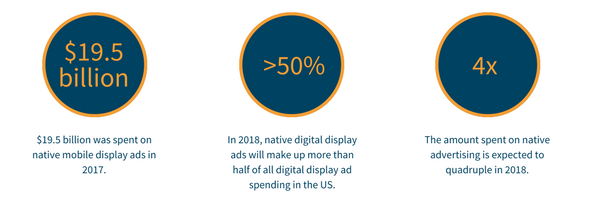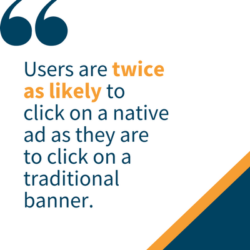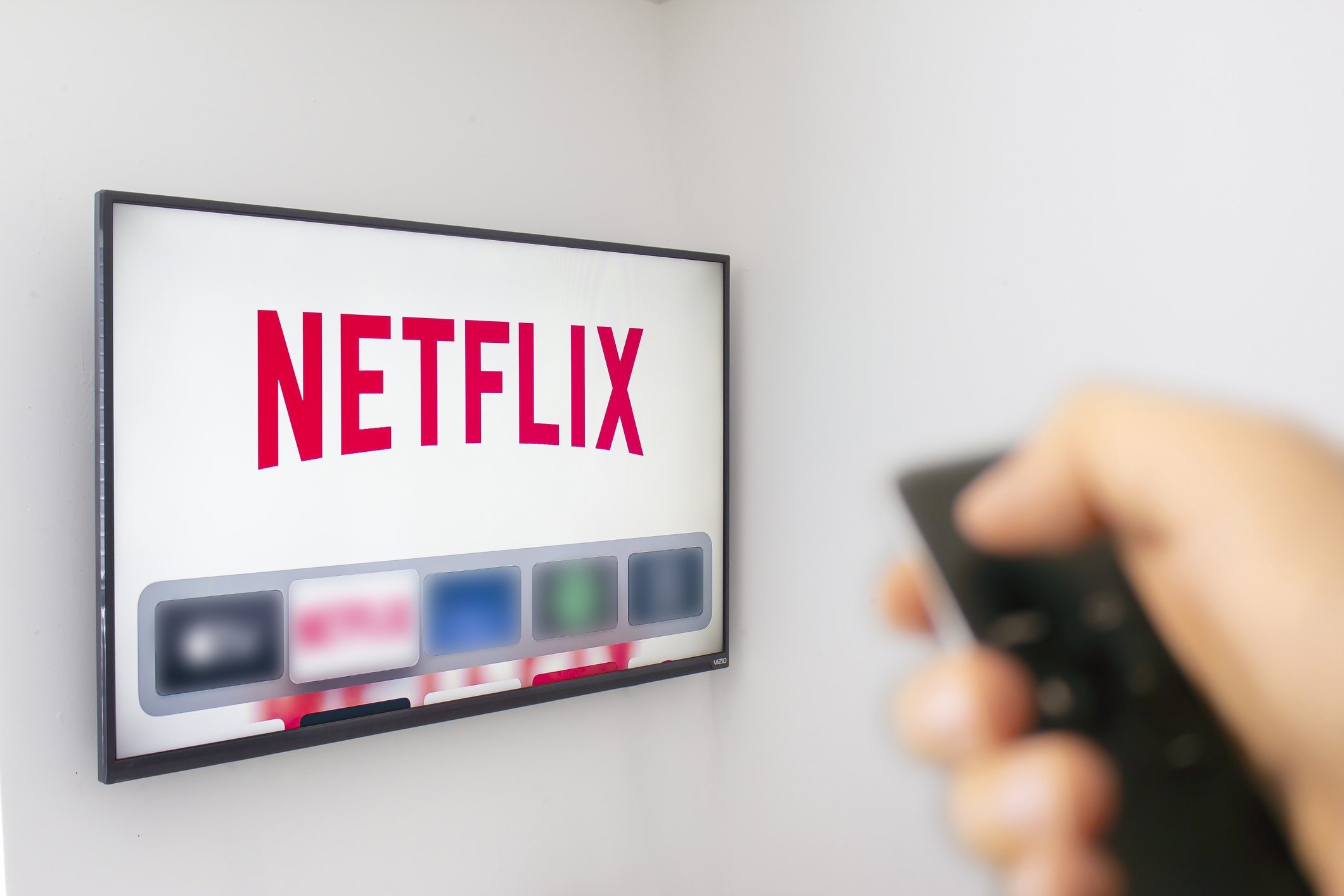The Truth About Native Advertising
Native advertising has taken off in the past few years, and it’s important to note why it is not slowing down. You probably see native ads many times each day and don’t even realize it — which means they’re working.
What is native advertising?
Native advertisements are placed within the layout of a digital website and mimic the publication’s form and function. In other words, a native ad may appear to be a part of a story you’re reading, perhaps resembling a graphic or house ad that may seem to link to something on the publisher’s website. Instead, the native ad brings the reader to the brand’s content.
According to Diligant, $19.5 billion was spent on native mobile display ads in 2017; in fact, in 2018, native digital display ads will make up more than half of all digital display ad spending in the US. Furthermore, the Content Science Review found that the amount spent on native advertising is expected to quadruple in 2018. Clearly, advertisers are not just utilizing this avenue to test it out – they’re trusting big budget dollars with its power.

Are native ads misleading?
Native ads are not deceptive if they are labeled properly. If a company tries to bend the rules by not labeling its ad, it is only hurting itself, as this diminishes its credibility (not to mention it is illegal). Luckily, only 10% of news media publishers in 2017 neglected to label their ads (Source), and hopefully that number will continue to decrease. In order for native ads to be effective from a deployment standpoint, publishers and advertisers need to label their ads so as to gain readers’ trust and maintain the integrity of programmatic native advertising for the industry.
When deployed effectively, and branded properly, native ads are only shown to those who are targeted specifically as already being interested or looking for similar content, and the reader knows what he is clicking. Therefore, the ad itself, regardless of how closely it appears to mimic the format of the editorial content, is relevant to the reader and is clearly labeled.
What are the benefits of deploying native ads programmatically?
We at AdDaptive know this cutting-edge approach yields successful results, which is why we continue to utilize its capabilities:
* Programmatic native advertising simplifies media buying for you and takes the manual work out of the equation.
* Utilizing programmatic native ads enables you to engage a wider audience, with each data point being much higher quality than those you would reach through the spray-and-pray effect. This increases efficiency and ROI, proving to be more cost effective and deliver more effective impressions overall.
* The customer experience is improved, since the ads actually relate back to products or services they are interested in. Viewers are seeing ads that are relevant to them, and you are paying for high quality impressions – a win-win.

We were thrilled to be at the forefront of this approach, and are even more excited about the exponential industry growth: By 2019, 83.6% of all US digital display ad dollars will transact programmatically (Source. And for good reason: According to a DoubleClick analysis of traffic across its network in 2017, users are twice as likely to click on a native ad as they are to click on a traditional banner (Source). Moving toward an automatic buying model for digital ads (native or otherwise) is an important strategic decision for your company to consider, as it can save you money and time when done effectively.
How does programmatic native advertising work?
At AdDaptive, for example, we utilize B2B IP Targeting to pinpoint decision makers in businesses that our clients want to target in order for their ads to be seen by the right people at the right time. When deploying native ads within our programmatic framework, we can buy the right space, so the native ad appears on the right website to the people whose impressions are most important to your campaign. The fact that the ad matches the look and feel of the website does not have negative bearing on its success or retract from its impact, since the reader is interested in both what he is reading and your ad that is placed within the body copy or beside it. It will be executed as a seamless, natural user experience for the reader, which can actually increase its reach.
In order for native ads to hit their expected growth this year, and in order for advertisers to continue buying into their power and appeal, ad tech companies who buy these impressions must be cognizant of brand safety (as always). The ads need to continue to be contextually relevant, seen by humans, and viewable in the layout of the webpage. With programmatic advertising behind these campaigns, you can rest assured that your native ads will be seen by the decision makers who will take action and engage with your ad – hitting your goals much more efficiently than through manual deployment.
Should native advertising be done alone?
We recommend a more holistic approach. Native advertising shouldn’t be the entire journey; it should just be the start. For example, if a user found your ad within another article, chances are he may continue surfing the web after engaging with your content (just as he did when he found yours). A strong creative will complement the targeted placement of your ad. But you should be employing multiple touchpoints in order to stay at the top of their minds – and their buying lists.
In order to effectively target the right user, native ads should be part of a larger package that makes use of a wide variety of techniques. IP Targeting, offline data onboarding, native advertising, and cross-channel marketing, when backed by a strong creative and an integrated strategy, can provide you with a comprehensive advertising campaign that is sure to get in front of the right people at the right time and deliver the results you need.








